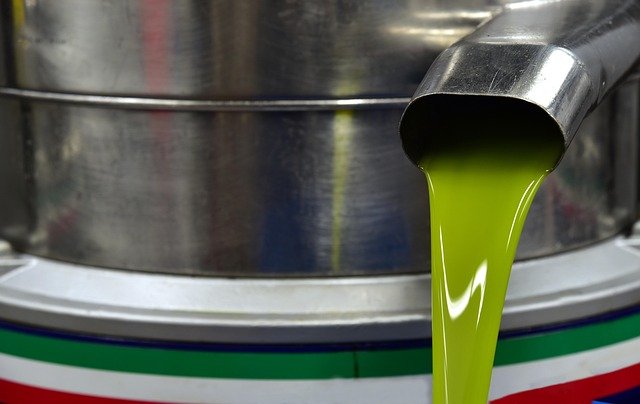Olive Oil: Production, Harvesting, and Everyday Uses
Olive oil is a culinary staple and an agricultural product with a long history. Extracted from the fruit of the olive tree, olive oil varies in flavor, color, and chemistry depending on variety, climate, and processing. Understanding how olives are grown, when harvesting occurs, and how oil is produced helps explain differences in quality and usage. This article outlines the main types of olive oil, the journey from olives to oil, key cultivation points for the olive tree, harvesting methods, and practical uses including health considerations.

olive oil: types and characteristics
Olive oil is commonly classified by extraction method and acidity. Extra virgin olive oil is made by mechanical extraction with minimal processing and low free acidity; it retains more aroma and polyphenols. Virgin olive oil has slightly higher acidity but is still mechanically extracted. Refined olive oils use chemical or thermal refining to remove defects, often blended with virgin oil for flavor. Pomace oil is produced from residues after the first pressing and usually involves solvent extraction. Flavor ranges from mild and buttery to peppery and bitter, reflecting olive variety and harvest timing.
olives: varieties and processing
There are hundreds of olive cultivars, each contributing distinct flavors and oil yields. Some varieties are prized for table olives because of size and texture, while others are grown mainly for oil because they yield higher oil content. Processing begins soon after picking to reduce oxidation: cleaned olives are crushed, creating a paste, then the paste undergoes malaxation (slow mixing) to allow oil droplets to coalesce. Centrifugation separates oil from water and solids. Cold-pressing or cold extraction denotes maintaining lower temperatures to preserve delicate compounds and aromatics.
olive tree: cultivation and care
The olive tree thrives in Mediterranean-like climates with mild, wet winters and hot, dry summers, but it is grown in many regions beyond the Mediterranean. Trees are drought-tolerant and long-lived; proper site selection and soil drainage matter for health and productivity. Common orchard practices include pruning to shape canopy and improve light penetration, irrigation management where rainfall is insufficient, and integrated pest and disease monitoring. Pollination is typically wind- or insect-assisted; some cultivars are self-fertile while others benefit from cross-pollination for better yields.
harvesting: timing and methods
Harvesting timing affects yield and oil character. Early-harvest olives are greener and produce oils higher in polyphenols and bitterness; later-harvest fruit typically yields more oil with milder flavor. Methods range from hand-picking—gentle and selective—to mechanical harvesting using trunk shakers or branch shakers that are faster for large orchards. Netting or catching frames minimize fruit contact with soil. Rapid transport to the mill and prompt processing reduce fermentation and oxidation, which can degrade oil quality. Harvest decisions balance desired flavor profile and commercial efficiency.
olive uses and health considerations
Olive oil is used widely in cooking (dressings, frying at moderate temperatures, finishing), cosmetics (skin and hair formulations), and traditional soap production. Nutritionally, many olive oils are rich in monounsaturated fats and contain bioactive compounds like polyphenols and vitamin E; these components contribute flavor and can influence oxidative stability. This article is for informational purposes only and should not be considered medical advice. Please consult a qualified healthcare professional for personalized guidance and treatment.
Conclusion
From the olive tree to the bottle on your shelf, olive oil reflects choices made at every step: cultivar selection, orchard care, harvest timing, and extraction technique. Understanding those elements helps explain differences among oils and informs culinary or practical use. Whether you’re comparing flavors, considering oil for a recipe, or exploring cultivation, knowing the basics of olives, harvesting, and processing provides a practical foundation for assessing olive oil quality and suitability.




